Shooting through glass in photography is a creative process because it allows to capture photos in a more dreamy way. Some situations that also require shooting through glass are, an aquarium, a zoo, a sky-deck, a vehicle window, or shooting through glass windows/doors of shops, cafes, etc. Shooting through glass can pose its own difficulties and you will need to deal with unwanted reflections, glare, haze, dirt, focus issues and so on. Fortunately, there are some tricks and techniques that can be followed to overcome these issues.
In this article, we will look at how to photograph through glass and discuss the various tricks and techniques that can be used to get a neat image.
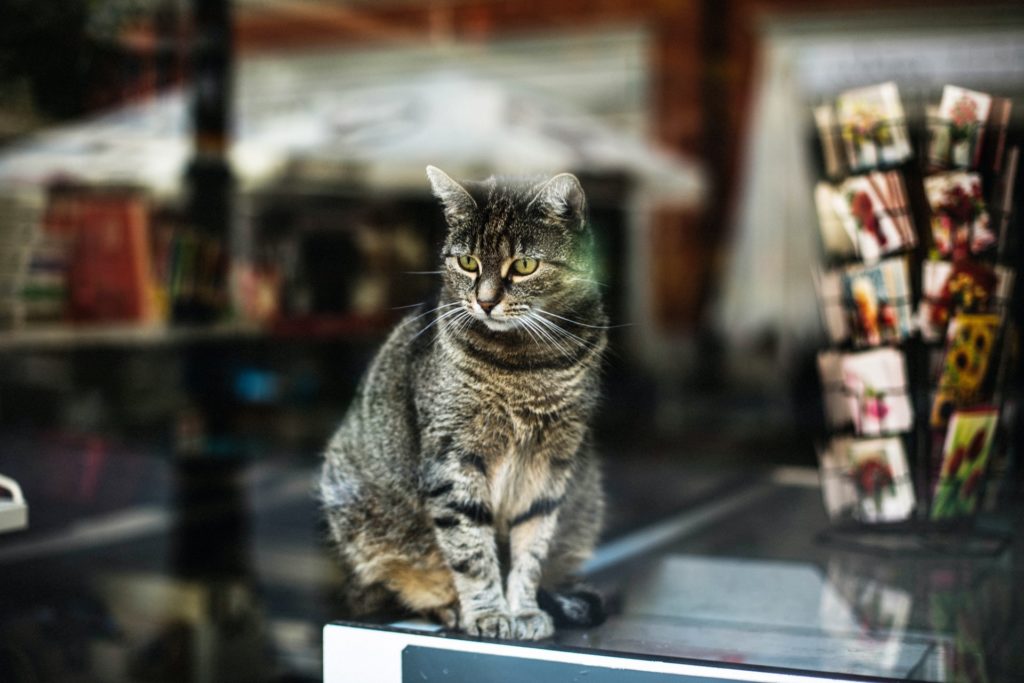
What Can You Do To Minimise Reflections?
The first and foremost problem that one comes across when photographing through glass is reflections. When you look at a scene through glass, your eyes may not see the bad glares and reflections to the effect a camera captures them. So always take a test shot in these situations to see how the resulting image turns out.
Glare and reflections are not always welcomed and as a photographer, you need to use various techniques or workarounds to eliminate those unwanted factors from the photo.
Removing glares and reflections is not so difficult as it seems. A few careful techniques and you can get clean images through glass. Here are some tips, tricks, and techniques to get neat images when shooting through glass.
1. Get Close To The Glass Surface
Where possible, get as close as you can to the glass, and that can help minimize or even eliminate reflections most of the time. If possible, use the lens hood and keep the camera touching the glass for better results. This will also help to eliminate the effects of scratches or dirt in glass that cannot be avoided.
Make sure there are no vibrations when touching the glass, as that can lead to blurry photos. This technique will not work in situations where you are framing a subject through glass from a distance, for example, a glass window or a door.
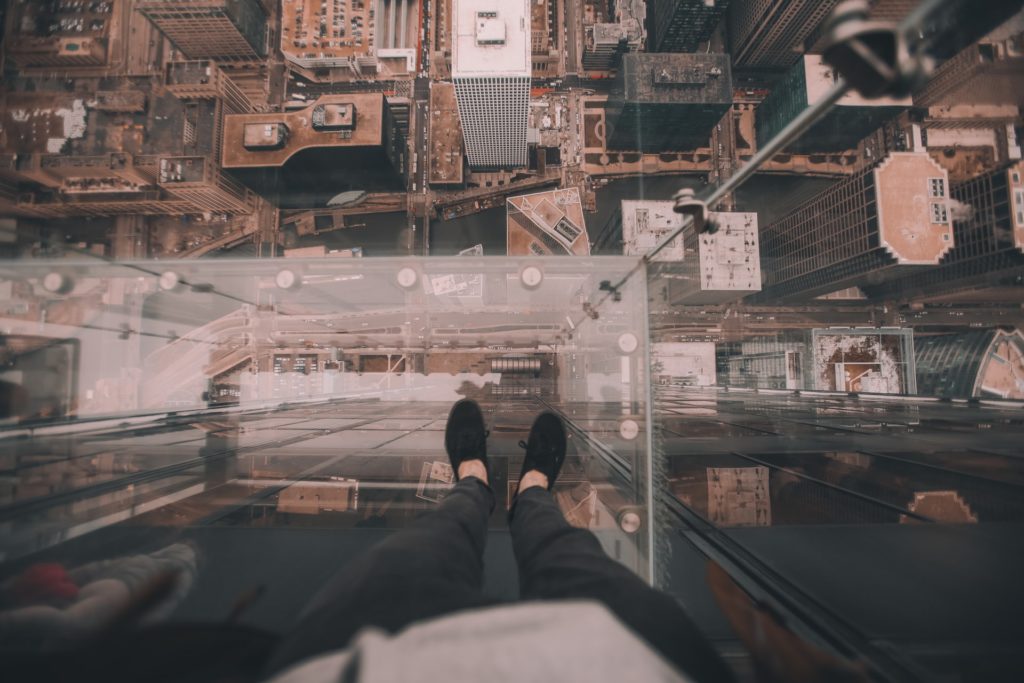
2. Use A Polarizing Filter
Polarizing filters are great to eliminate or minimize reflections from glass surfaces. Use one that will fit the lens you are using. It is good to have the sun to your left or right (at 90 degrees) for the filter to work effectively. Rotate the polarizer till you get the best results, that is, minimal or no reflections.
Polarizing filters work well when you are shooting during the daytime through glass and may not work indoors under artificial light conditions. Test it before using it under artificial light. If they do not work, remove the filter as you do not want to cut down on the light entering the camera under low light conditions.
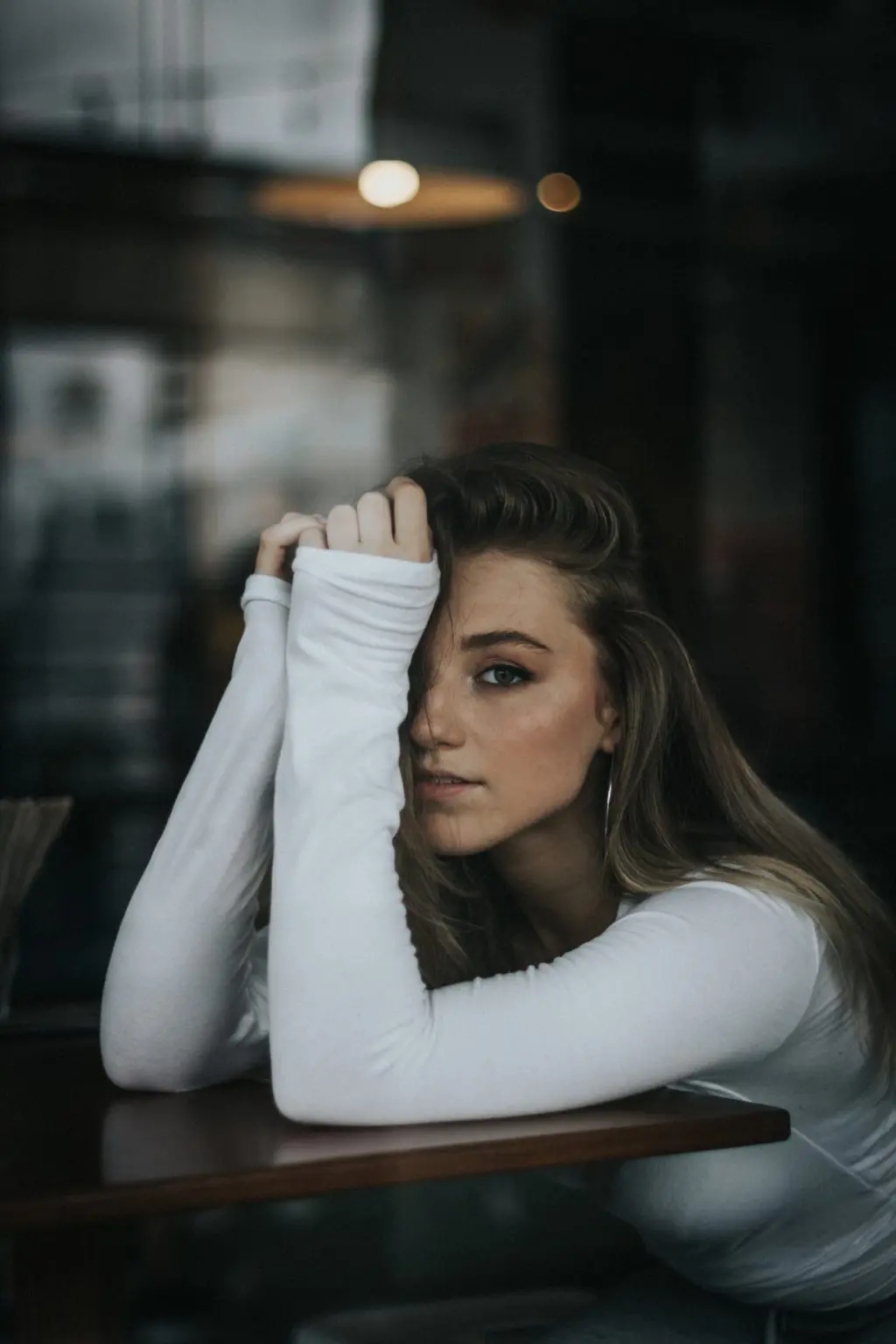
Also, be careful when shooting through polarized glasses that airlines and some hotels use. Using a polarizing filter in these situations can give rise to unwanted artifacts and sometimes cause a shift in color.
3. Try Using A Black Cloth
If none of the above tricks work, hold a black cloth in front of the objects that are causing the reflections. This should help in situations where you are in a building and shooting through glass. If you are holding the cloth in hand, you may want to put the camera on a tripod and remotely trigger the shutter.
You could also try holding a black cloth or a black jacket right at the back of the camera. This could also eliminate the reflections caused by something behind, especially at night when there is ambient light.
Sometimes even wrapping the lens with a black cloth in a way the gap between the lens and the glass is covered by the cloth will help to reduce reflections. You can cut a circle to poke your lens through the cloth, then put the lens against the glass and wrap the cloth around to prevent reflections and glare. This will help to eliminate any light leaks that are causing reflections and/or glare.
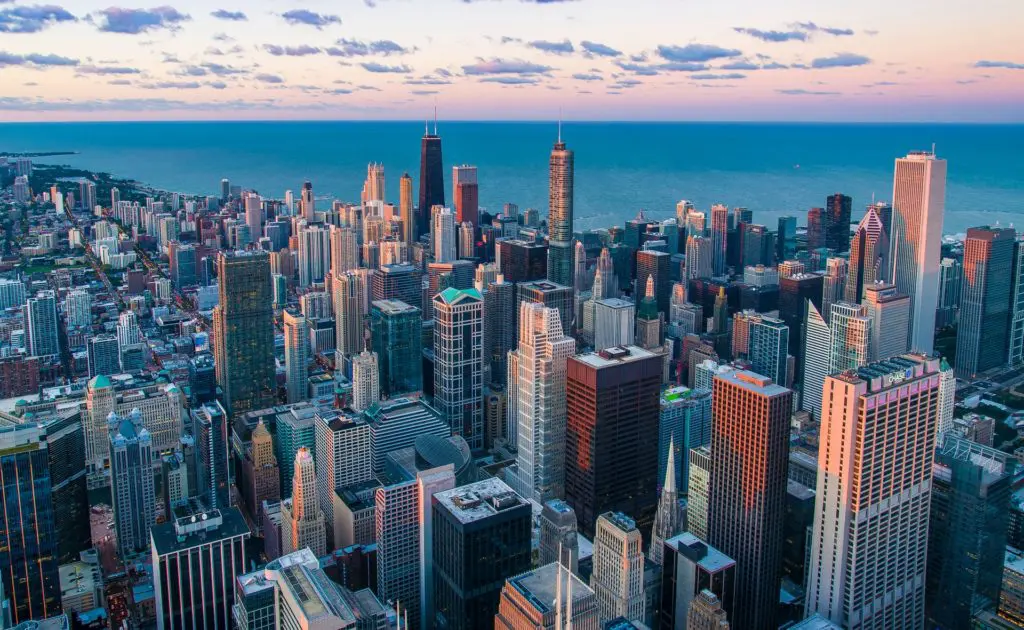
4. Use A Silicone Lens Hood
A silicone or rubber lens hood will help to seal the gap completely between the glass and the lens compared to a plastic or metal lens hood. This material will block all unwanted glares and reflections caused due to light leaking from the sides by acting as a protective seal and also will prevent the camera from slipping or sliding across the glass when positioned against it. Rubber lens hoods are also great in preventing the lens from getting damaged when put against the glass.
One drawback to this is that you cannot tilt the lens to get shots from different perspectives or angles.
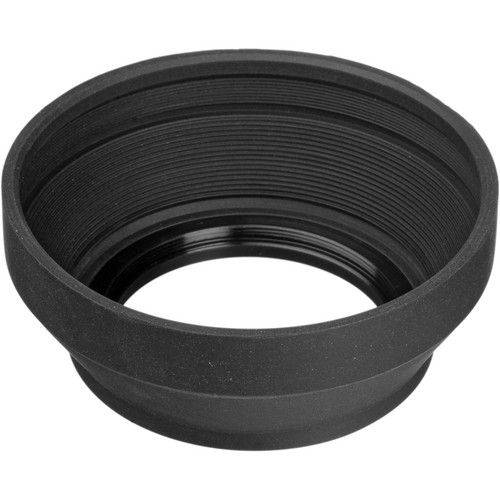
5. Get The Lens Skirt
These are similar to lens hoods but are flexible in the sense they will allow you to tilt your camera to shoot from certain angles if necessary. They can also be folded for easy carrying and storage. The end of the lens skirt can be placed flat onto the glass that you are shooting through and hence helps to block unwanted glare and reflections in the images when you are shooting through glass. You can even design and make your own lens skirt.
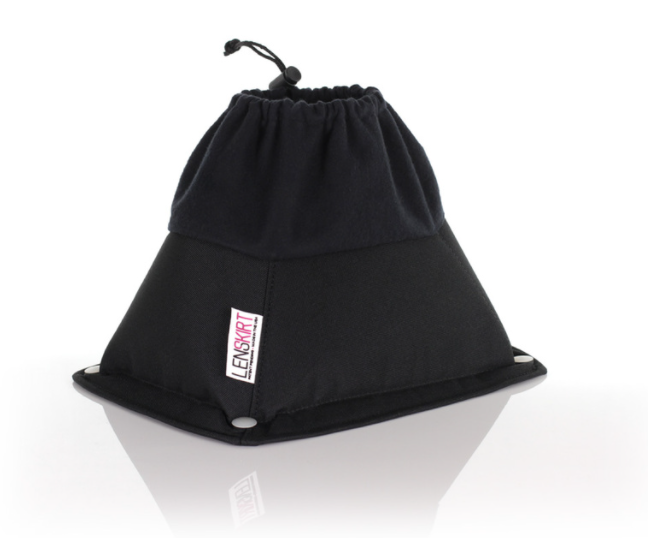
Some Useful Techniques When Shooting Through Glass
When shooting through glass you may come across a few restrictions and these can ruin your resulting images. If you follow a few techniques carefully when photographing through glass, then you are in for some neat and creative photographs.
1. Use Manual Focus
When shooting through glass you need to take care of some settings for sharp images. The camera can struggle with autofocus mainly because of the glass and other distracting elements in between like reflections, smudges, glare, window frame grids, etc. In order to overcome these obstacles and get sharp images, you will need to use manual focus so you can get the focus exactly where you need it. When shooting from observation decks as well, do not forget to use manual focus.
2. Do Not Use Flash
Flash is something that you should avoid when shooting through glass. We will still add this as a reminder because using a flash can cause a huge highlighted area in the image mostly where your subject was supposed to be because light from the flash bounces off the reflective surface and can ruin the entire shot. So do not use a flash whatever the situation may be. Moreover, using flash in observation areas, zoos, aquariums, etc., can be distracting for people around and animals.
Use large aperture values and bump up the iso to get the right shutter speed. You may get some noise depending on the iso value, but you will get the photograph without the blob of artificial-looking light. In low light situations, instead of using a flash, it is good to use a tripod when shooting through glass.
If for some reason you want to use a flash, experiment with the light angled at the glass, so it does not bounce off and cause unwanted reflections.
3. Shoot Straight Through The Glass
When the light conditions are favorable, shoot straight through the glass. Hold the camera and lens setup perpendicular to the glass plane. This will help to avoid or at least minimize reflections. Also, check to see if altering the distance between the camera and glass helps. Moving closer always gives better results.
4. Shoot From An Angle
There are situations when you may see reflections on the glass and this could be due to objects behind you that are brightly illuminated. Look through the viewfinder and move around to see if you can shoot from an angle to reduce reflections, but also make sure this is not causing haziness, weird artifacts, or deteriorating the image quality. Position yourself in a place where the glare is eliminated or is minimal.
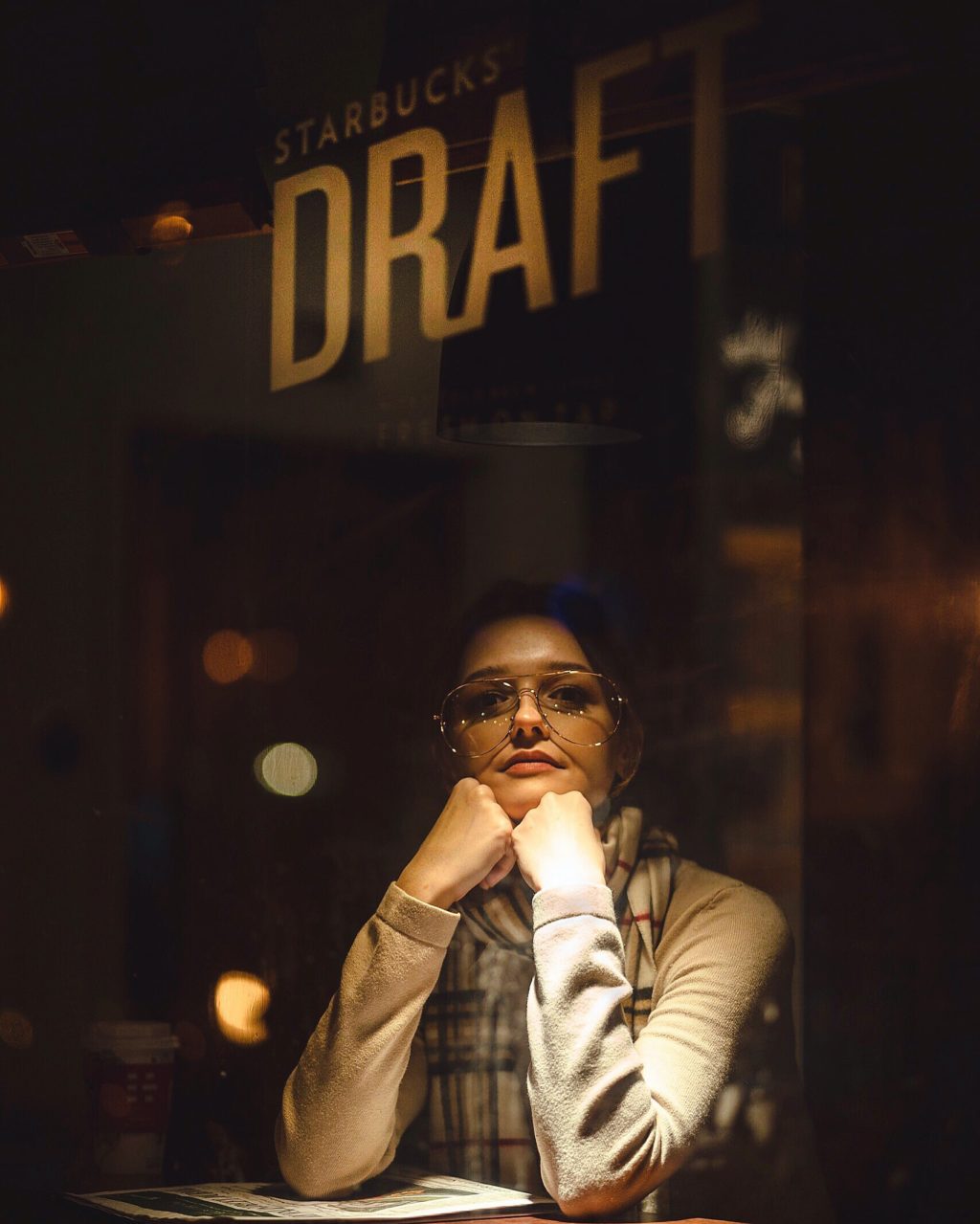
5. Use A Wide Angle Lens
When you are getting closer to glass, in order to fit the desired elements on the other side of glass, you will need to use the right lens. One of the most recommended lenses when shooting closer to glass is a wide-angle lens. A long lens usually won't work.
6. Switch Off Or Dim The Lights When Possible
If you are shooting from inside the building and if it is a space where you can switch off the lights, it will be a great idea to avoid reflections. If you are in a public space, then see if you are able to dim the lights or if you can move to a location that has dimmer lights, so you can reduce the effect of reflections.
7. Check For Correct Exposure
Exposure can be sometimes a bit tricky when shooting through glass. The light on one side of the glass may be of a different exposure compared to light on the other side of the glass, for example, shooting through the window of a coffee house.
During the daytime, the light outside and inside a building can vary greatly. You will need to set the exposure for the main part of the frame, leaving the other parts over or underexposed based on the difference in light conditions. For correct exposure on every area, you will need to bracket exposures and combine them when post-processing, but remember this needs a tripod and moreover, you cannot bracket exposures and combine them for moving subjects.
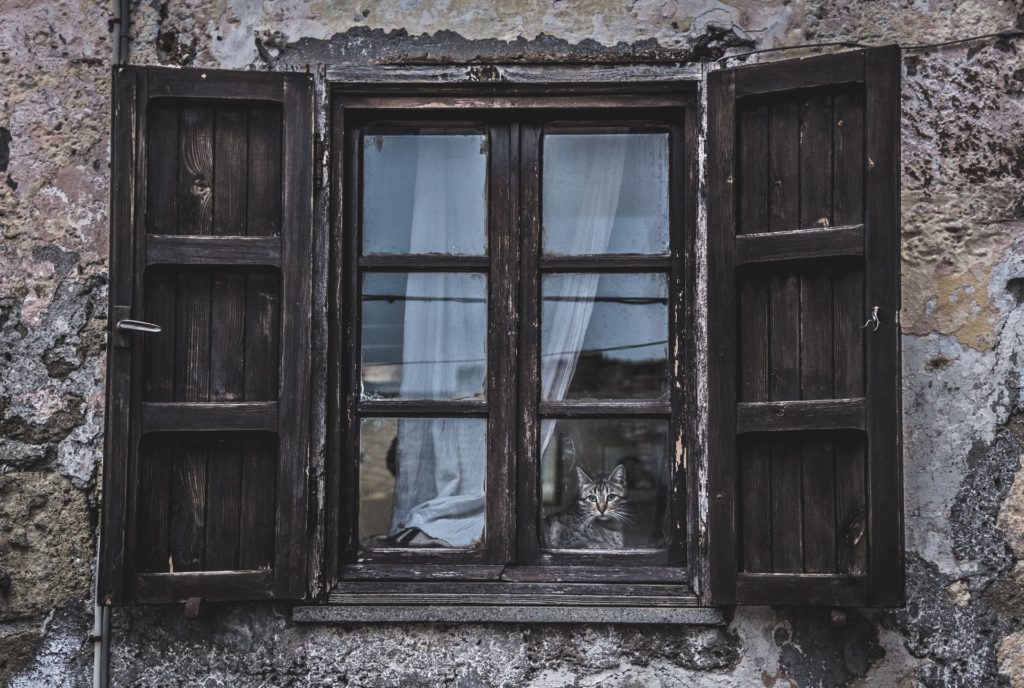
8. Clean The Glass
Cleaning the glass is something that you can do based on where and how you are shooting. If you are in a private space, then this can be done by all means. In public places like shop windows, it may not be possible. If you are shooting from an observation deck, tower, or a high-rise building, then try to clean the area through which you are shooting so you get clean images.
If you are in a zoo, there will be a lot of fingerprints and other smudges on glass which can heavily impact the resulting image. Have a few glass wipes and wipe off the area clean before taking the shot because dust specks, fingerprints, and other dirt can deteriorate image quality and sometimes make it look fuzzy and blurry.
9. Shoot From Behind The Curtains
If you are in a hotel room or another area where there are curtains or blinds, then stand behind the curtain/blinds (in between the curtain and glass) when shooting at night. Having the curtain behind the camera will help to block ambient light in the location. Do not use curtains or blinds during the day as they can give rise to unwanted reflections.
10. Use The Glare For Creative Or Abstract Outputs
Shooting through glass especially when you are framing your subject through windows or doors can bring in a layer of depth and can also add creative effects like textures, glares, interesting reflections of the surrounding elements, etc. Look at the resulting image with the glare or reflections and see if it works.
Use reflection and glare-reducing/eliminating techniques only when necessary. Glares and reflections can add a new context, story to an ordinary image and also pave the way for creative abstract photographs.
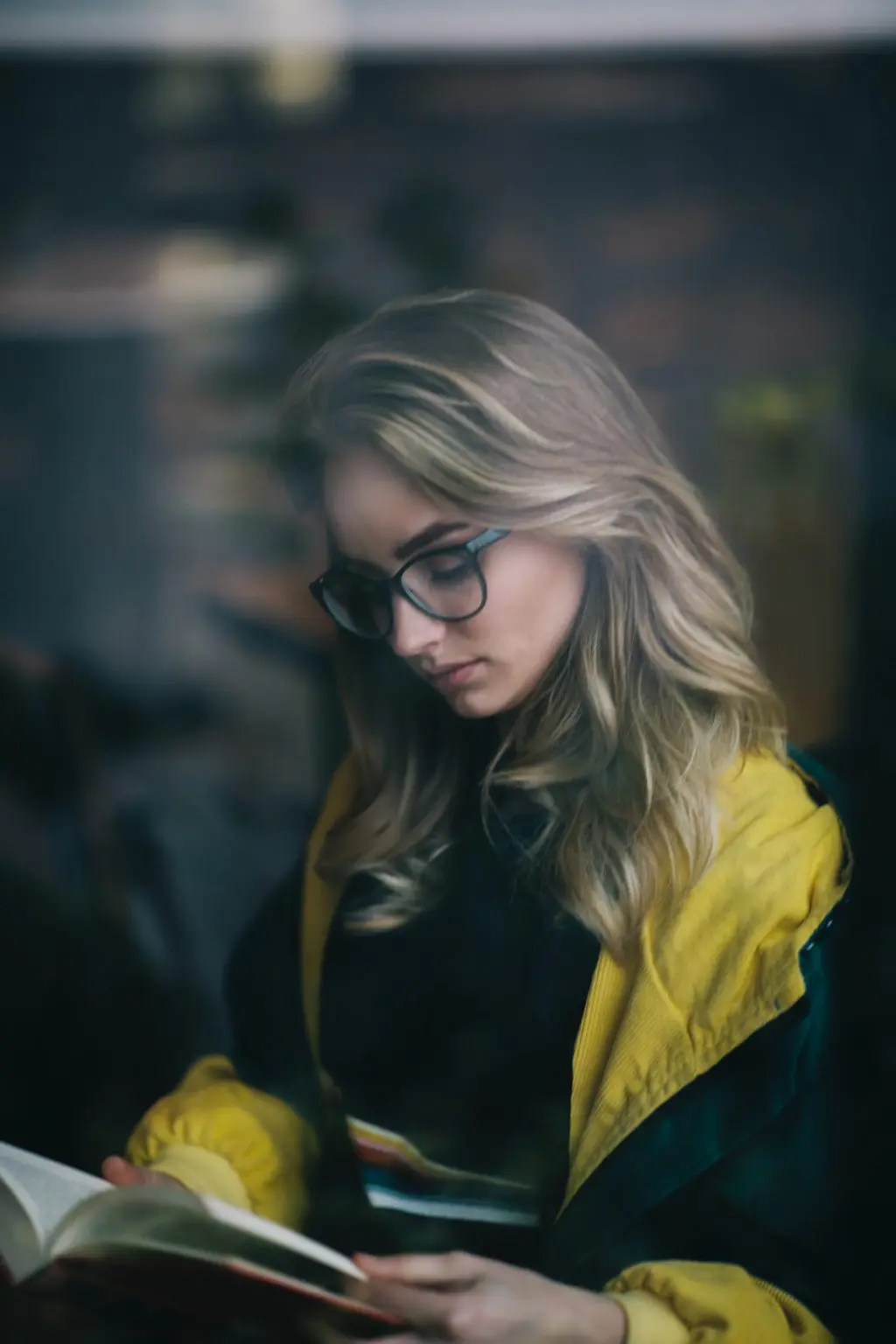
11. Convert To Black And White
When converting images into black and white, sometimes slight glares and reflections can become unnoticeable and lend a mood to images. Keep in mind that converting to black and white will not convert a bad photo into a good photo. So, as much as possible, capture the best shot possible and if there are slight glares and reflections that look distracting or awkward in the color version, try to convert the image to black and white to see if that helps.
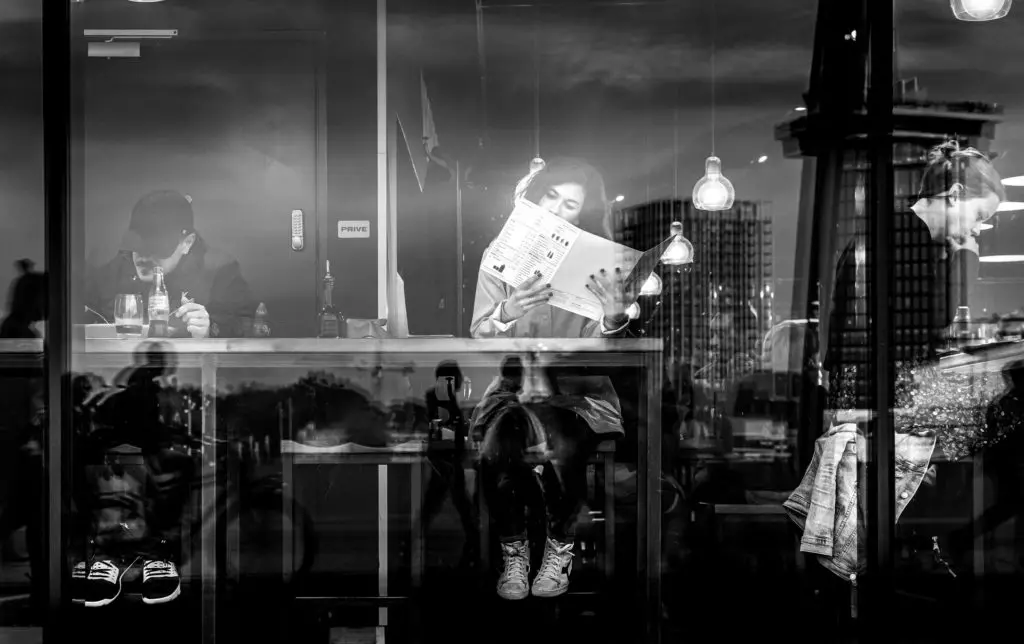
12. Incorporate Interesting Stories
Photography is a means to tell stories through images. Shooting through glass can be a way of telling interesting stories. When out in the streets, look around for stories that you can create or capture by shooting through glass. Your subject does not have to be behind the glass always. Creatively make use of reflections of subjects as well, but make sure that other distracting reflections do not take away from the story.
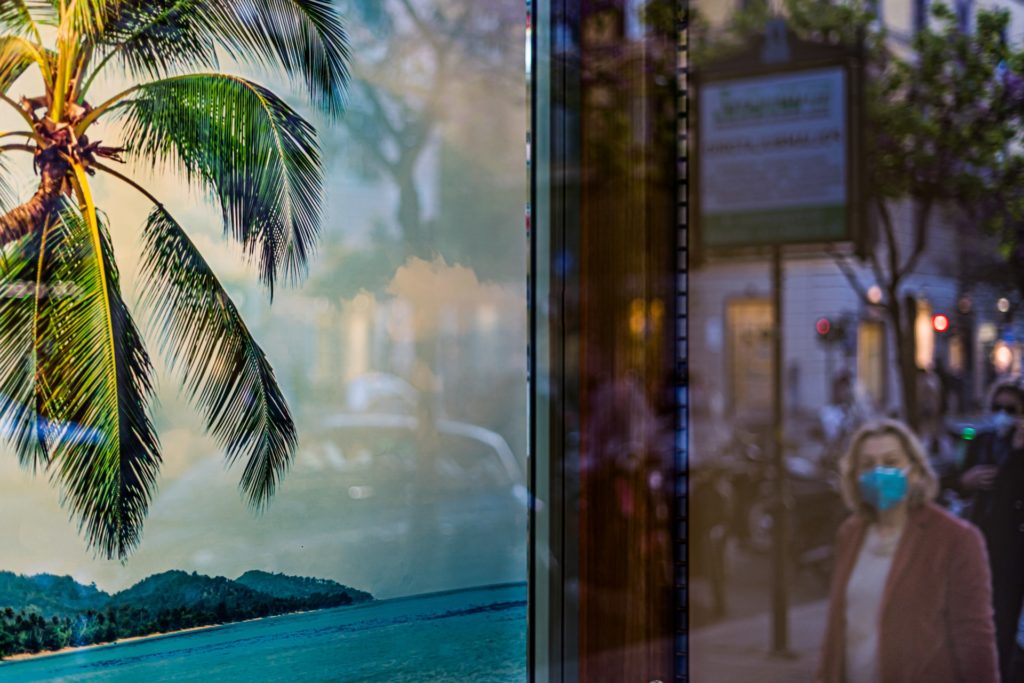
13. Embrace The Imperfections In Glass
Not all glass with specks and smudges are something to ignore. Sometimes stains, marks, and other specks on glass can also help with capturing interesting frames. Try to use glass in other creative ways if they do not look or appear too clean.
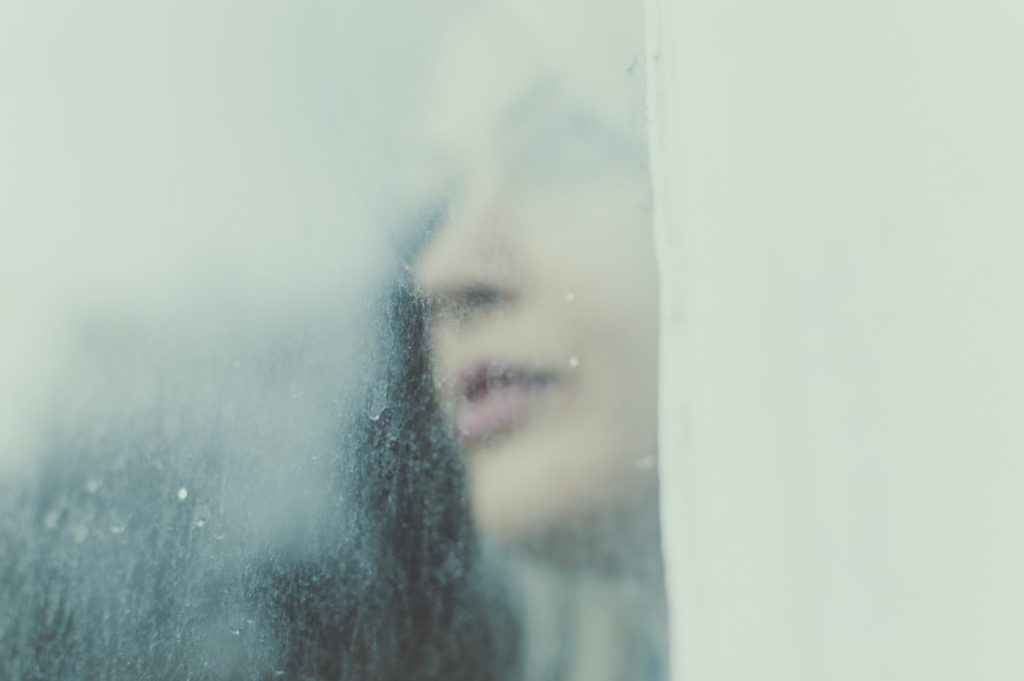
Here Are Some General Tips When Shooting Through Glass
- Wear dark clothing – When you the photographer wears dark clothes, it will eliminate the reflections caused by your dress on glass.
- Move light coloured objects away from the frame – Move bright and light coloured objects away if possible. This will minimise the effect of light coloured reflections on glass.
- Have a dark cloth in hand – As discussed above, hold a dark cloth behind the camera to eliminate as many reflections as possible.
- Use wider aperture values to avoid dirt and scratches – If there are scratches on the glass or other specks of dirt that cannot be removed or cleaned, use a large aperture to minimise their effects. Wider apertures also help to reduce the effect of glare and reflections making the image look more artistic with a beautiful blurry background.
- Check how light falls on the glass – If you are shooting during the day time, see how light from the sun falls on the glass. Make sure it is not coming in through the glass or falling straight on the glass. It will be nice if the sun is low or is shining at an angle so you do not see the sun or its reflection in the frame. A shady region is the best option.
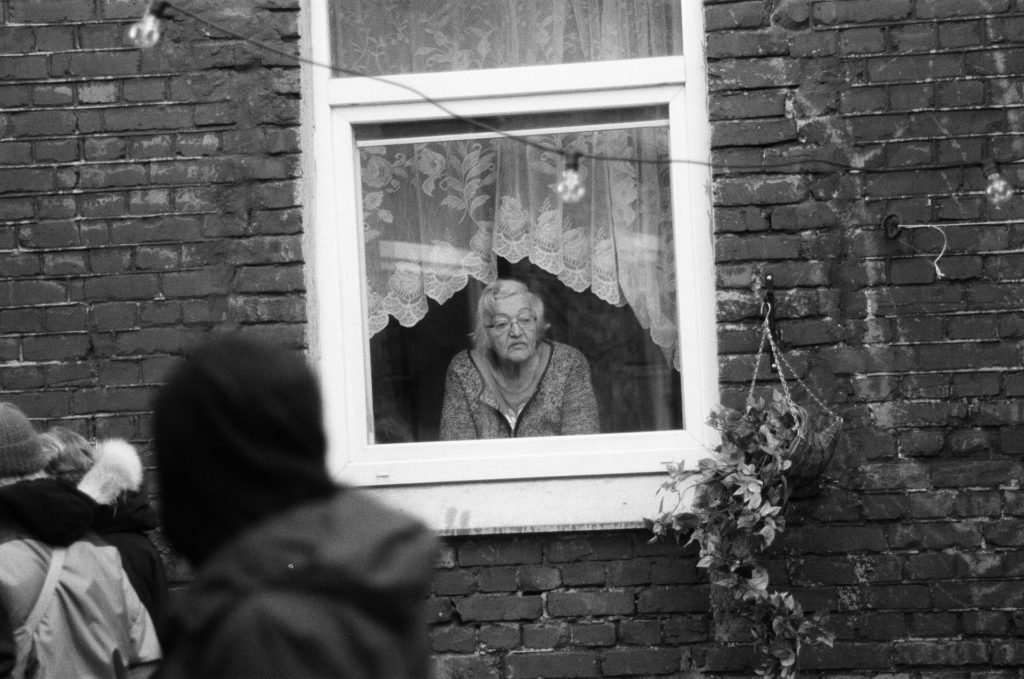
- Try to avoid double glazed windows – Double or triple glazed windows can lead to internal reflections of light between the layers of glasses. Be careful when shooting through double glazed windows but the best would be to avoid them completely and shoot through single glass windows for neat images.
- Shoot at night – shooting at night can be a great way to include interesting reflections in your photograph which can look colourful and very creative. If you are shooting from decks and tall buildings, shooting at night with no lights on can help with minimal or no reflections.
- Use frosted glass – Try photographing through frosted glass to create mysterious looking photos. These photos can add a layer of emotion to an otherwise ordinary photo.
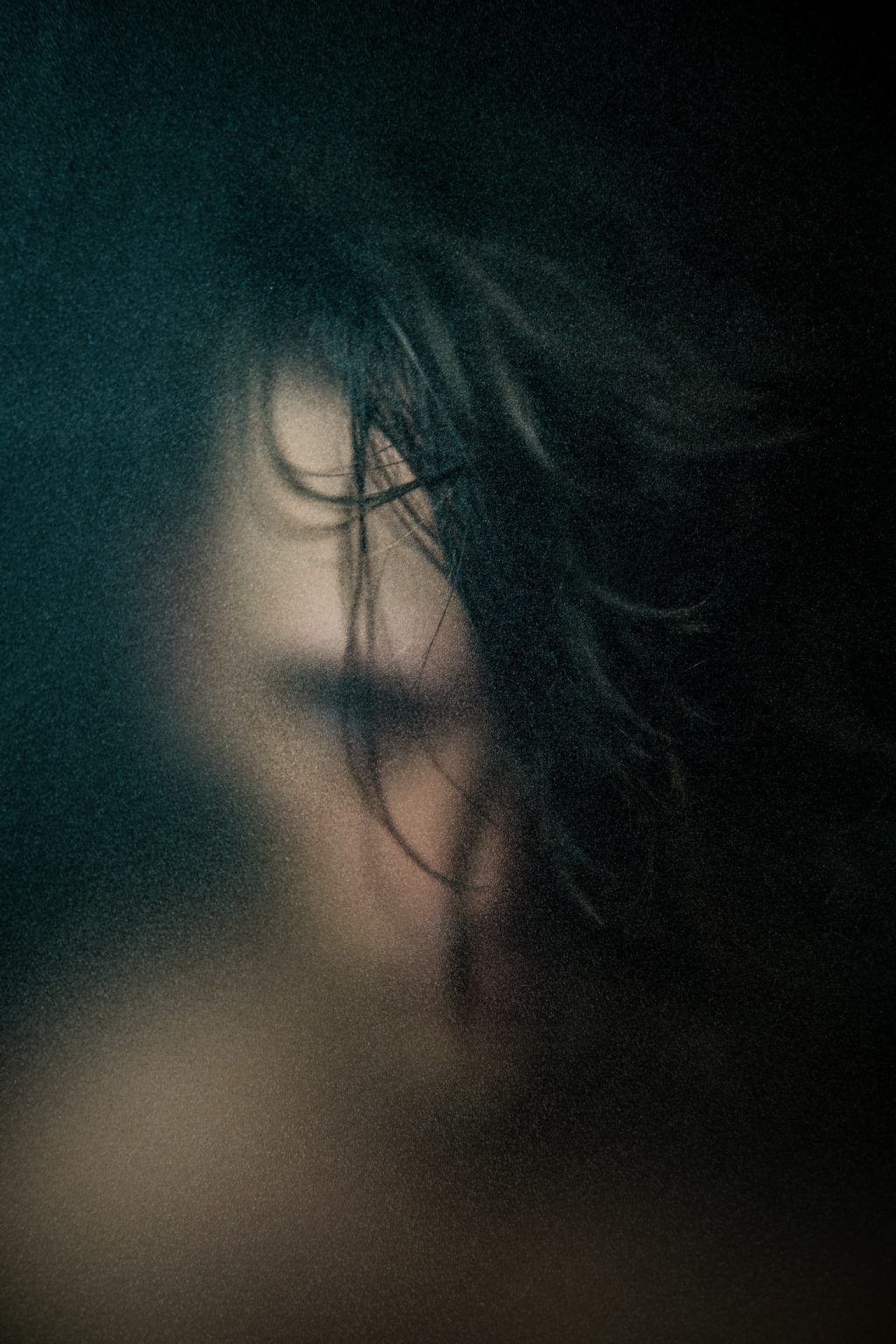
- Move away and frame – You don't always have to shoot through glass for neat or abstract images. You can move a bit further away and use the window or door frames to frame your subject for photos with interesting compositions. It is a great way to draw the viewer’s eye to the subject and play with creative lighting as well.
- Take the shot – if you have followed the precautions and techniques that you can and if you see some glare in the photos, still get the shot. Having a shot with some glare is better than not getting the shot at all. Make sure the glare does not ruin the main part of the image, so compose the shot wisely.
- Capture street photographs – Shooting through glass can be a great way for interesting street photographs. You can capture emotions and other stories in a creative way and add mood to your street photos when shooting through glass.
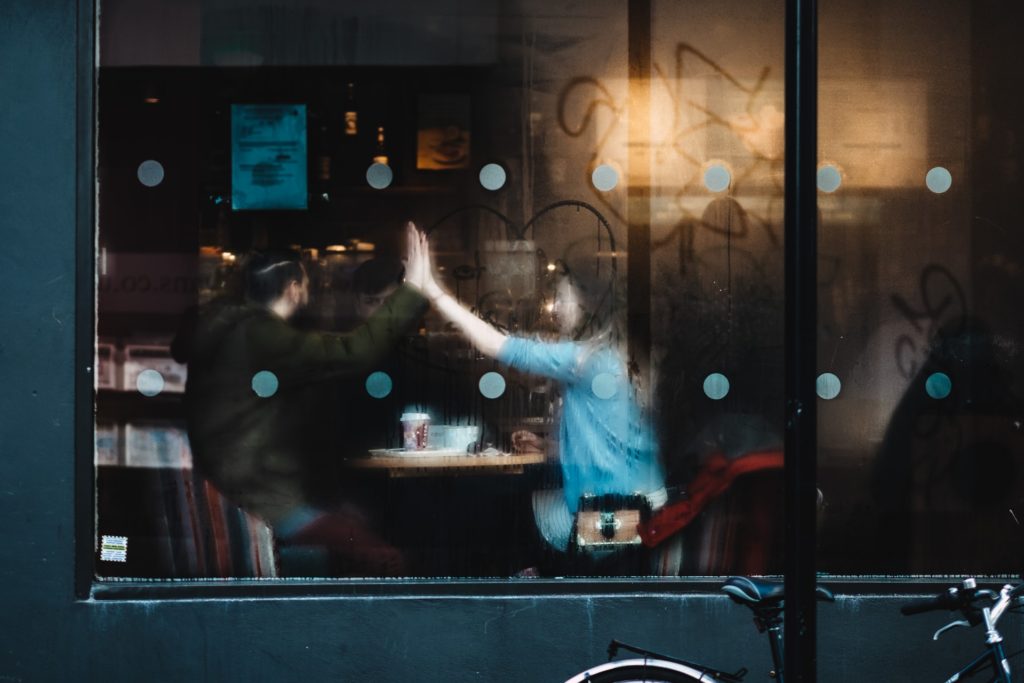
Shooting Tips And Compositions When Shooting Through Glass
Shooting through glass can be an interesting method for photographers to explore creative and abstract kinds of pictures. Here are some tips and compositional ideas that can be used when shooting through glass.
- When shooting through glass, there are times when the reflections may work in your favour. In situations like those, make use of them to capture artsy images.
- Use frames around the glass to frame your subject. This will be effective in bringing the focus straight to the subject.
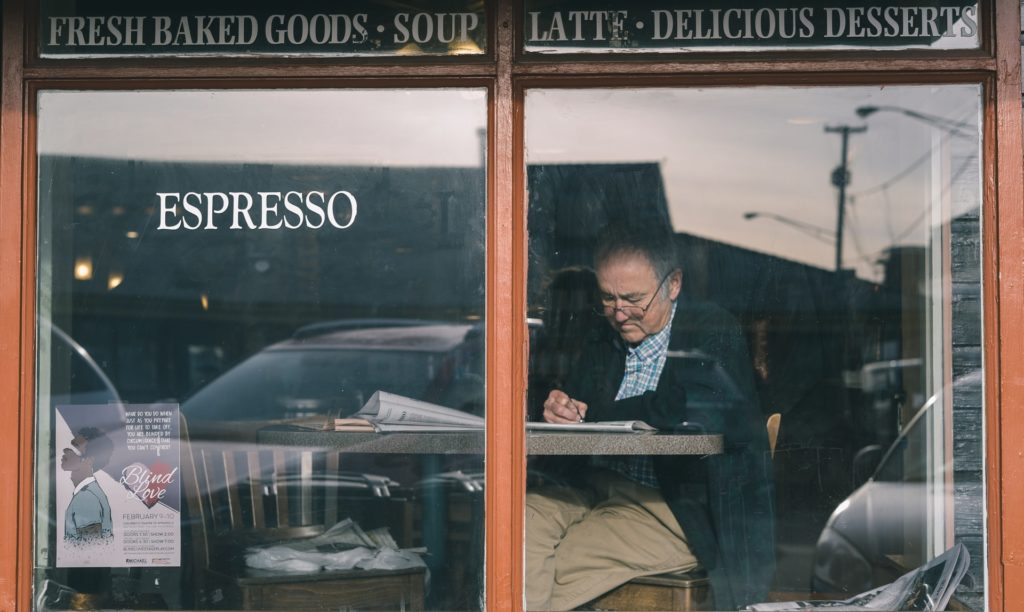
- During rainy days, use the raindrops on glass as an abstract texture when framing the subject behind the glass.
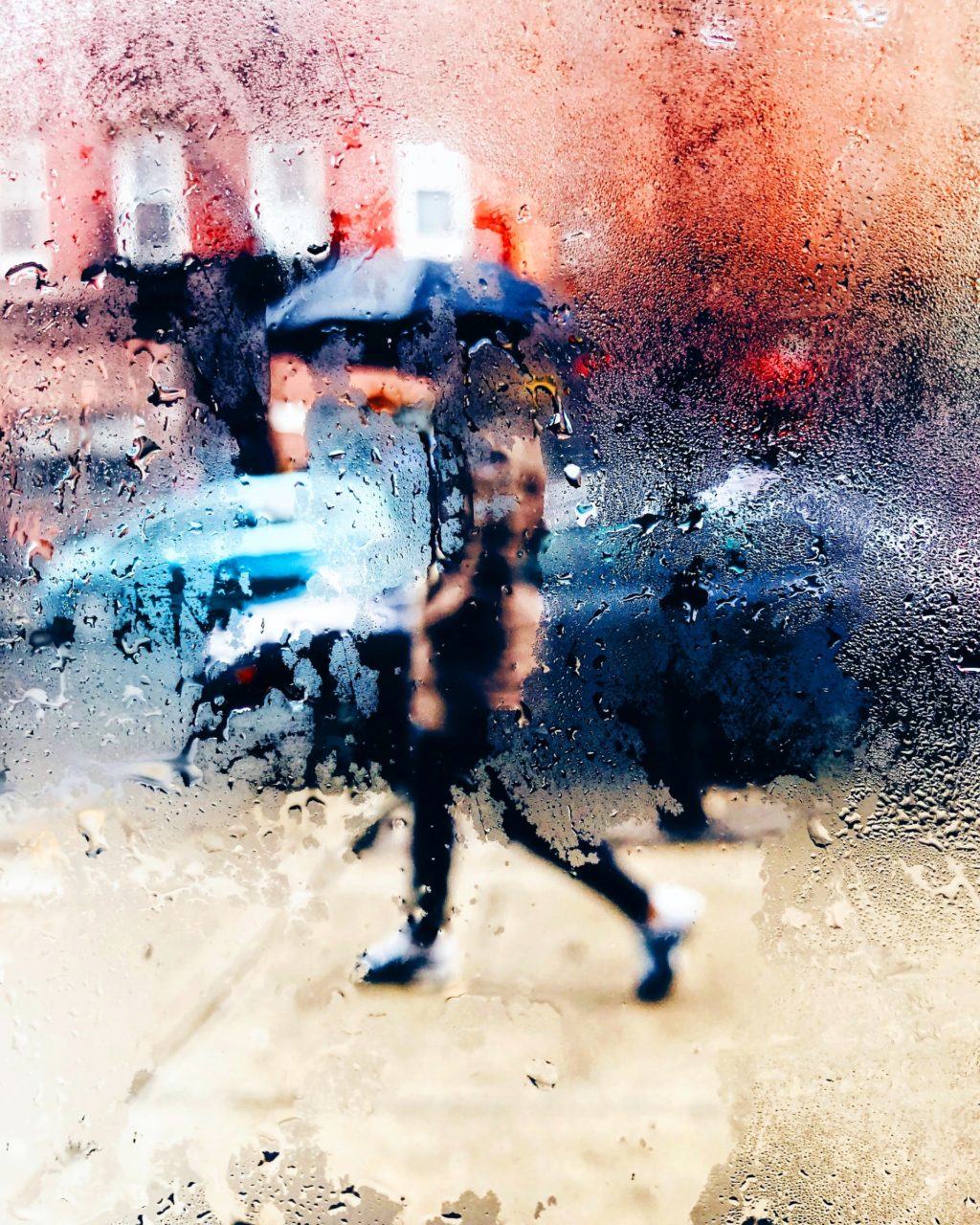
- Try shooting through frosted glass to get a painterly result in your images. These can result in mysterious looking images.
- If you are a street photographer, frame subjects against elements behind glass for creative and compelling storytelling shots.
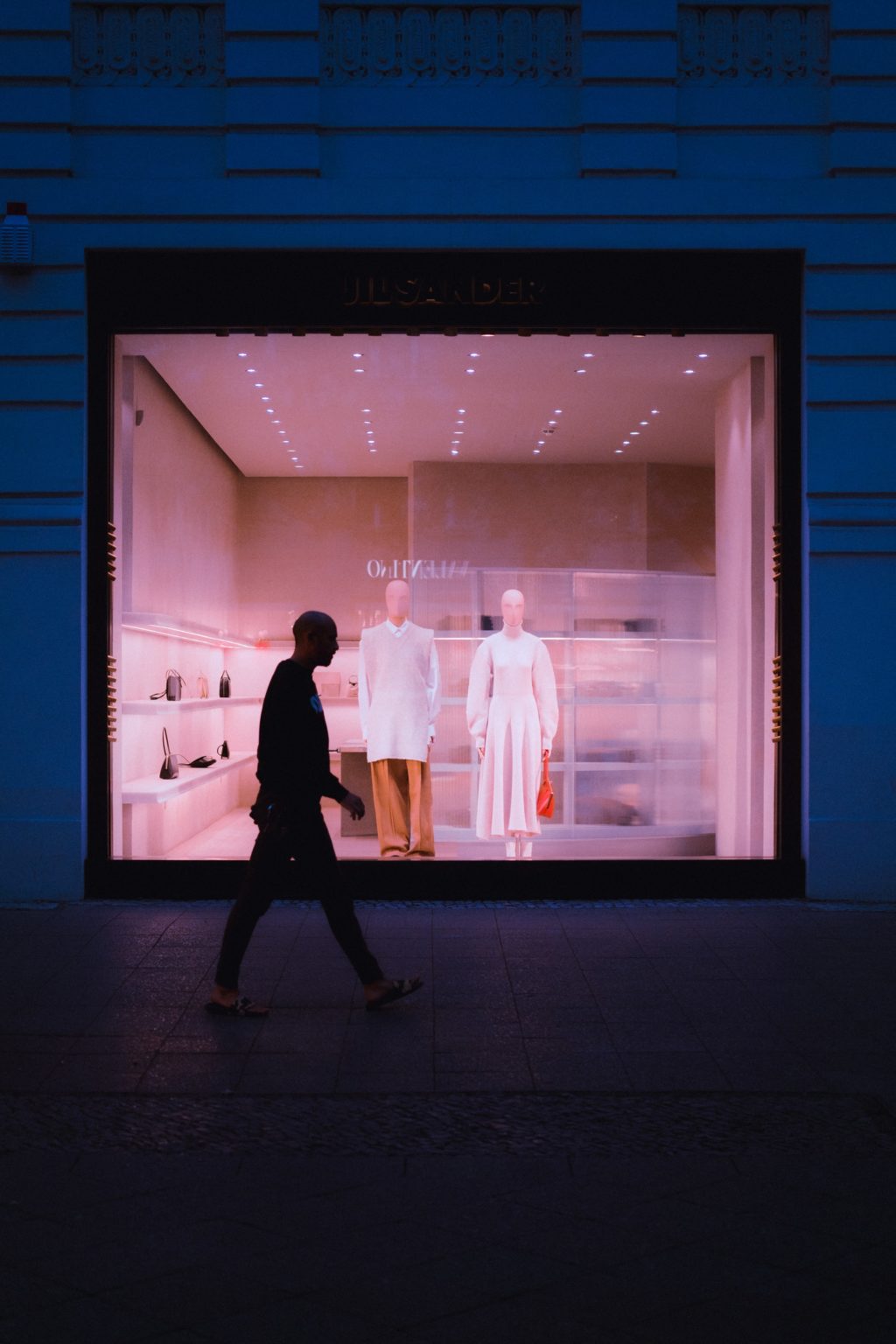
Do you have any tips for shooting through glass? Share your tips and experiences in the comments section below. We would love to know.

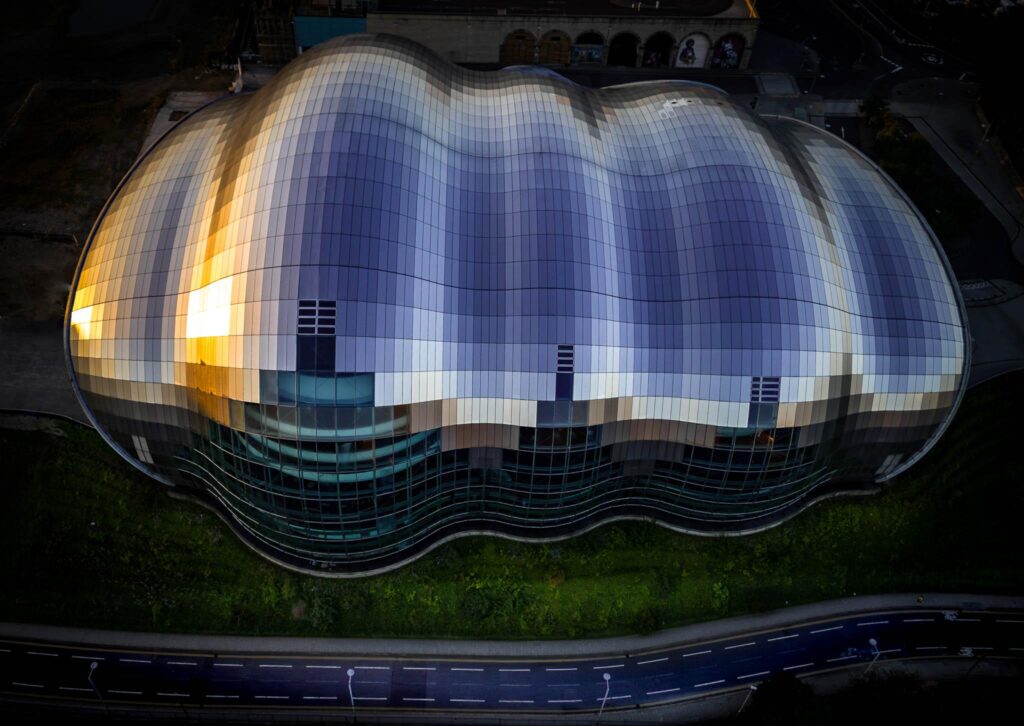
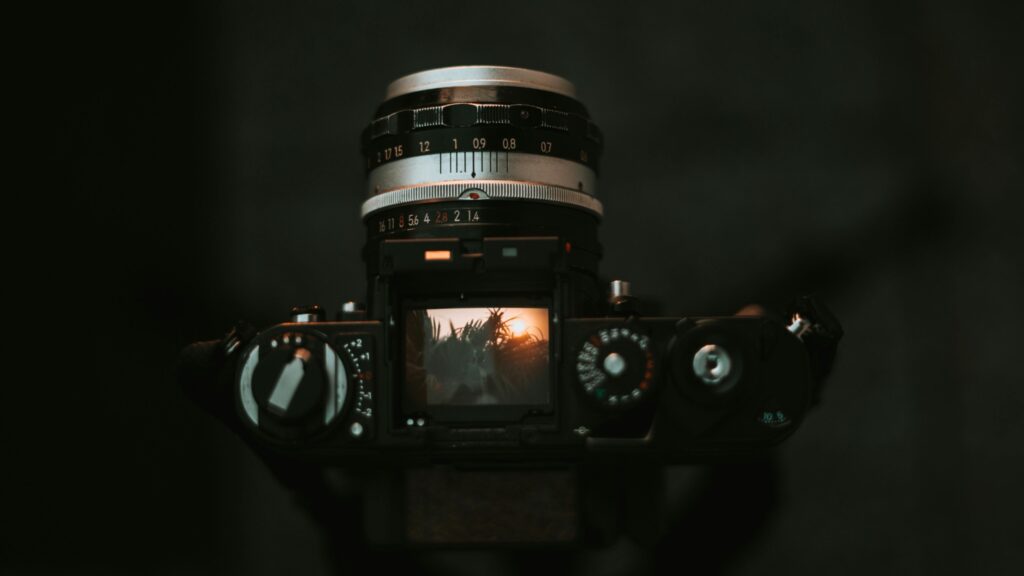


2 Comments
I have shot through glass successfully, using a flash and this technique.
Use an off-camera flash. Hold it away from the camera and on the glass. Also hold the camera to the glass with a rubber lens hood on the lens. By holding both the flash and the camera lens on the glass, you avoid reflection on the glass. You will probably have to experiment with positioning the flash to get lighting that pleases you. I have done this successfully in the past when shooting in aquariums.
Hi Tom, thank you very much for reading and sharing your experience about using flash when shooting through glass. This is helpful 🙂